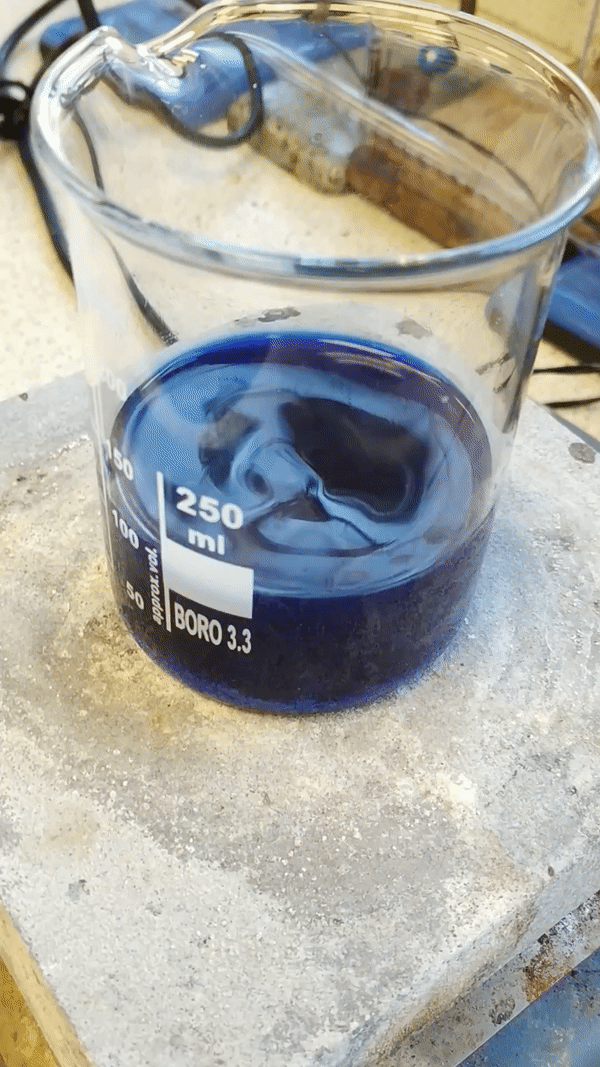I’ve kicked off this summer with a trip to Birmingham to meet with Dr Zania Stamataki. During my prior work experience here, I improved my wet lab skills by learning essential techniques such as splitting cell lines, performing serial dilutions, and imaging plates with confocal microscopy. This year, I chose to hone my computational biology skills to best prepare me for a future in research; Dr Scott Davies introduced me to bioimage informatics through training me to work with the ZEISS Efficient Navigation (ZEN) microscopy software.
The ZEN software can be used to process the plethora of data that a single imaged experiment can yield. I worked with data from an experiment in which Huh-7 hepatocytes (from an immortalised liver carcinoma cell line) are co-cultured with live T-cells and imaged using confocal microscopy.
I personally found this sophisticated mode of imaging fascinating so I did a little more research into the bioengineering responsible for the high resolution and vibrancy of the cellular interactions captured by the confocal microscope. Unlike the humble optical microscopes of my school, which only need light and a pair of eyes to visualise cells, confocal microscopes require far more exotic elements: lasers and fluorescent dyes.

GFP
One of the most widely used fluorescent biomarkers is green fluorescent protein (GFP) which is used in this experiment to highlight the cell membranes. GFP is a very important tool in research as it enables us to look beyond the cell surface and visualise organelles and protein movements. GFP has a unique sequence of the amino acids serine, tyrosine, and glycine which can be triggered to undergo chemical transformations in the presence of UV light. This special amino acid sequence is buried deep within the molecule’s barrel structure of intertwined protein sheets.
When activated, a cyclisation reaction occurs in which glycine forms a chemical bond with serine. This new closed amino acid ring spontaneously dehydrates and oxygen surrounding the GFP molecule forms a new double bond with the tyrosine – creating the fluorescent chromophore. In this way, GFP automatically assembles its own chromophore which can be used by researchers as tracking dyes. For instacnce, through genetic engineering, the GFP protein can be incorporated into the genome of specific cells or be used to label proteins of interest. It is especially perfect for studying live cells since the alternative small fluorescent molecules (ex. fluorescein isothiocyanate) are highly phototoxic and inflict more damage upon live cells during imaging.
In the microscope images I worked with, GFP had been used to label the hepatocyte cell membranes. The T-cells were stained a vibrant blue whilst a cytoplasmic dye had rendered the hepatocyte cytoplasm red. The smaller dark regions enclosed within cytoplasm are the hepatocyte nuclei.
Over the course of the week, I became proficient in producing orthogonal videos, which showcase the full depth of the hepatocytes, from multiple micrographs in a time lapse. Whilst processing these videos, I witnessed countless interesting phenomena; with Dr Stamataki’s permission, I’d like to share a few of my favourites with you.
Binucleate Hepatocyte Division
When I first starting working with the experiment data, Zania pointed this event out to me and I was both riveted and shaken to my core; this cell defied everything textbooks had me believe about cell biology! In this orthogonal video, a binucleate cell successfully undergoes mitosis to produce not two but three daughter cells.

Binucleate cells can be caused by cytokinesis failure in which the cell membrane fails to form a cleavage furrow so two daughter nuclei are trapped in the same cell. Alternatively, during mitosis, sometimes multiple centrioles form making the cell multipolar- pulling the chromosomes in several directions and producing several nuclei in a single cell. Judging by how the binucleate cell proceeds to divide into an odd number of daughter cells, its original two nuclei probably arose from the latter mechanism.
Binucleation in vivo is pretty rare and, in a healthy human liver, such cells are incapable of dividing again, instead forced to remain in interphase indefinitely. Binucleate cancer cells, however, have a far different fate; more than 95% can undergo mitosis with a higher rate of chromosomal disjunction error – producing daughter cells with even more mutations. Despite binucleation rarely arising in healthy tissue, this phenomena is less of a rarity in cancer cells due to one of their unique quirks. A prominent biomarker of cancer cells is their multipolar spindles which increase the risk of binucleation and other mitosis abnormalities – leading to an accumulation of mutations in subsequent daughter cells in the cancer tissue.
Lamellipodia Network Formation
Inside the body, liver cells are always in contact with their neighbours with junctions between their lateral faces. In a lab culture, however, liver cells are seen tightly adhered to the plastic that they are grown on, practically clinging to the plate for dear life! The in vitro hepatocytes achieve this through multiple membrane projections known as lamellipodia.

Lamellipodia are made of the cytoskeletal protein actin and, in the video above, can be seen stretching out to not only tether carefully to the confluent monolayer but to also engulf some extracellular material. I’m mesmerised by the rapid yet tentative movement of these hepatocytes’ extensive threadlike network.
Another Kind of ‘Nuclear Fission’
The earlier orthogonal video of two nuclei becoming three was very surprising. In contrast, the phenomena below is absolutely incredible. Two neighbouring T cells apply a mechanical stress on the hepatocyte’s nuclear envelope great enough to break the nucleus into two ‘daughter’ nuclei without the hepatocyte undergoing mitosis! I find it truly fascinating that the nucleus is not as static an organelle as it is so often portrayed; instead, it is dynamic and capable of distorting and even bifurcating in response to changing cytoplasmic pressures.

As always, I’ve really enjoyed my time at the Centre for Liver Research this year and I’m so grateful to Zania for allowing me to learn so much about the cell biology and immunology of the liver and participate in her current work. Her team is currently in the midst of publishing some amazing cutting-edge research on a cellular mechanism similar to entosis; as soon as it is available to the public, I’ll share it here and, hopefully, write a review article about this interesting hepatocyte process!
WordPress does not support video uploads for this blog so the orthogonal videos in this post were compressed into gifs, hence losing resolution and quality. If you would like to see the original videos, I’ve also uploaded them to my YouTube channel:
Bibliography
Kim, Dong-Hwee et al. “Volume regulation and shape bifurcation in the cell nucleus.” Journal of cell science vol. 128,18 (2015): 3375-85. doi:10.1242/jcs.166330
Shi, Qinghua; Randall W. King (13 October 2005). “Chromosome nondisjunction yields tetraploid rather than aneuploid cells in human cell lines” (PDF). Nature. 437 (7061): 1038–42. doi:10.1038/nature03958. PMID 16222248
Yang, F.; Moss, L.G.; Phillips Jr., G.N. “STRUCTURE OF GREEN FLUORESCENT PROTEIN.” Nat Biotechnol vol. 14 1246-1251 (1996). doi: 10.1038/nbt1096-1246. PMID 9631087













 ions]
ions]



 Curcumin is a polyphenol (an organic compound with multiple phenol units).
Curcumin is a polyphenol (an organic compound with multiple phenol units). 






















